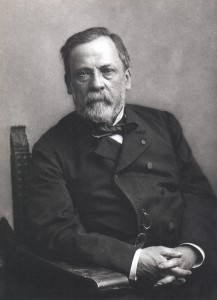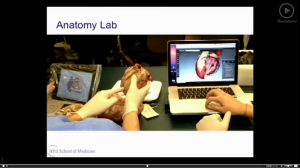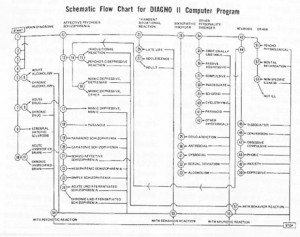The most glaring impediment to scientific progress in medicine is patient enrollment in clinical trials. Adult enrollment is worryingly low and demands an impactful solution. While the current situation of patient involvement in clinical trials is dire, my team is hopeful the solution exists in remedying communication and awareness issues. Undoubtedly, both of which can be aided through the use of burgeoning social media technologies.
When I lay everything out like I just did this problem seems to have an easy solution. Not so. While one can determine that the origin of this issue stems from patient communication with doctors and awareness of clinical trials, one must fully understand why this issue has persisted and no effective solution has yet been implemented. At the end of the day, it is up to the patients to forgo standard of care and take a leap into something they know very little about.
Like any reasonable human being, the patients are reluctant to try something unknown to them. No one wants to be a guinea pig for a clinical trial they know nothing about. What my team will attempt to create is a more transparent and immersive patient experience to increase their involvement in the healing process. Eventually this will accomplish our goal of markedly increasing enrollment in clinical trials.
We already know from research conducted by the Pew Center that patients with chronic conditions are more likely to be online, exploring further treatment options and commentary. From this data it is evident that our target patients are already eager to explore any possible solution. By utilizing a medium of which patients are already well aware we can more effectively educate and familiarize them with the clinical trial process, making the unknown known.
In order to further decode the reasons why a patient should consider clinical trials as a treatment option, it is imperative that we increase collaboration. Increasing patient involvement by providing them the framework to organize and discover clinical trials themselves will surely make them more knowledgeable and possibly be able to incorporate others like them into the process. This sort of self-sufficient growth is the ultimate prize in increasing the awareness of any unfamiliar subject. For us awareness means participation and participation means success.



